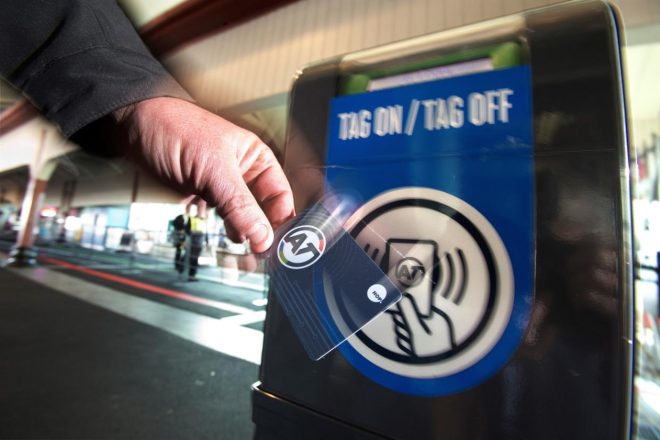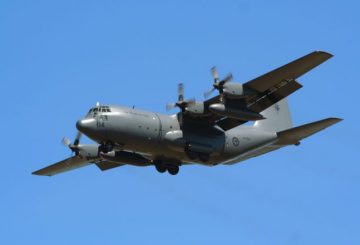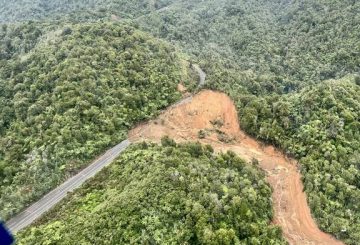オークランド交通は、2月から公共交通機関の運賃を5.2%引き上げ、運賃ゾーンの数を14から9に削減したいと考えています。この計画は、木曜日に開催される評議会で議論される予定です。彼らは、上昇する運営費を賄うためには運賃の値上げが必要だと主張している。
たとえば、ホップカードのあるゾーンの大人運賃は、2.60 ドルから 2.80 ドル (約 7.7% 高い) に上がります。人気の2ゾーン運賃は、4.45ドルから4.65ドルに引き上げられます。週あたりの運賃上限50ドルは変わりませんが、ワイヘキ島フェリーの月間パスは370ドルから419ドルに引き上げられ、13.2%上昇します。
オークランド交通局は、昨年、運営費が6,300万ドル増加したと報告しました。費用は、運賃、議会補助金、国土交通基金、広告によって賄われています。公共交通機関は多額の助成を受けており、平均鉄道運賃は12.34ドルですが、乗客が支払うのは約3.06ドルだけです。運賃の値上げにより、乗客が支払う金額が 33.64% から 34.79% に変わります。
運賃体系も変更されます。ゾーンの数は4つに簡略化されます。一部の運賃変更には、ビーチランズからシルビアパークまでの価格を6ドルから4.65ドルに引き下げること、ボタニーダウンズからオークランド空港までの運賃を2.60ドルから2.80ドルに引き上げることが含まれます。
ダニエル・ニューマン市議会議員は、特に生活費の危機に際して、運賃の値上げに失望を表明しましたが、その必要性は理解しています。「それは公共交通機関の利用者の生活を困難にする」と彼は言い、それがもたらす困難を認めた。しかし、彼は料金支払者にこれらの費用を全額負担するよう求めたくありません。
オークランド・トランスポートは、運営費と料金支払者からの支援のバランスをとるため、毎年運賃を見直していると述べています。昨年、同社は運賃を平均 6.2% 引き上げましたが、経費を賄うには 5.2% の値上げが必要になりました。同社は2025年2月に運賃システムをさらに簡素化する計画で、一部の通勤者、特に長距離を移動する通勤者が低運賃の恩恵を受けることを期待しています。






























































